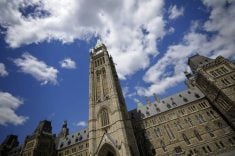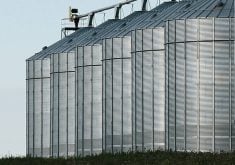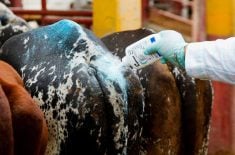By Theopolis Waters
CHICAGO, June 23 (Reuters) – U.S. ranchers during May drove 12 percent more cattle into feedlots than a year earlier, the most for the month in a decade, the U.S. Department of Agriculture reported on Friday, topping average predictions.
Higher cattle prices paid by packers last month generated more profits for feedlot operators, allowing them to buy more calves for fattening.
Cattle that entered feedyards last month will be ready for processing around October, analysts said.
On Monday, Chicago Mercantile Exchange live cattle futures may see a mildly bearish response to Friday’s report, said analysts.
Read Also

U.S. livestock: Cattle fall back, hogs continue slide
Chicago cattle futures fell back on Tuesday. Hogs continued to slide. Most-active December live cattle futures closed at 227.775 cents…
Market participants will mainly focus on next week’s cattle and wholesale beef prices, they said, after both declined this week.
USDA’s report showed May placements at 2.119 million head, up from 1.889 million a year earlier and above the average forecast of 2.085 million.
It was the most for the month since 2.159 million in 2007.
The government put the feedlot cattle supply as of June 1 at 11.096 million head, up three percent from 10.804 million a year ago.
Analysts, on average, forecast a 2.4 percent gain.
USDA said the number of cattle sold to packers, or marketings, were up nine percent in May from a year ago, to 1.951 million head.
Analysts had projected an increase of 8.5 percent from 1.794 million last year.
“It’s all about the economics of cattle feeding returns near unprecedented levels that continued to pull cattle into feedyards aggressively,” said Livestock Marketing Information Center (LMIC) director Jim Robb.
LMIC calculated that feedlots in May, on average, made a profit of $262 per steer sold to meat companies, which is “in spitting distance” of the October 2003 record of about $269, said Robb.
U.S. Commodities President Don Roose said that after a period of monetary losses, producers began rushing cattle to feedlots “when they saw a light at the end of the tunnel profit-wise.”
Reasonably-priced feed contributed to reduced input costs for cattle feeders, which has helped support their margins, he said.
Roose noted that states in the Corn Belt led the way in terms of placements, which he partly attributed to animals that were displaced by drought conditions in the northern U.S. Plains.














